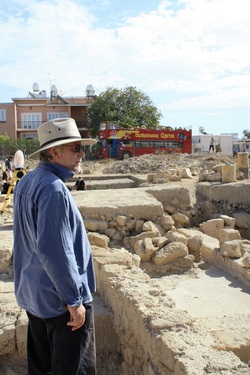
4.13 AM, front stalls, Leoforos Apostolou Pavlou Avenue, Paphos, Cyprus.
I awoke to the roar of motorbikes and realised it was still two hours before I was to rise and join the team. Thirty five minutes later a garbage collection truck shook me from my slumber. I climbed back into bed and just as my eyelids were beginning to droop a street sweeping machine seemed to be cleaning the inside of the wardrobe.
5.07 AM front stalls, surround-sound, 3D without the glasses.
I descended the stairs to the common room to the smell of burnt toast. It was only 6.55AM and already a menacing haze of sweat hung low over the gathering crowd, their eager sun-creamed faces gleaming in the early morning gloom. Then Mel yelled, “OK let’s go folks” and in a minute the room was empty.
7.03 AM, Ground floor, former Apollo Hotel, Paphos Cyprus.
I walked to the drawing room, sat down and contemplated the day’s surveying ahead. Through the window the sun was beginning to rise on another stifling Paphos day, although the clouds over the Troodos hinted we might just be having some rain. Save for the sound of Guy entering data into his computer and an empty Zorba’s bag fluttering in the early morning breeze - it was finally silent.
As I head off for the site, the old, arthritic, ginger dog is again soiling the footpath as I pass. I push open the site gate and see that activity is well under way. Like a Meer cat Ronan’s head appears momentarily above the trench baulk and then disappears in a cloud of dust. His trench contains yet another mediaeval wall, but in the southern section the pavers of the Roman road are forming – hurrah! The Roman road is fast becoming the most common feature in the various trenches opened this year, and would seem to remain undisturbed for the entire width of the excavation site.
Kerrie is yelling orders to her team from the main street corner where she is still directing the traffic. Her trench in the western parodos is deep and presents many questions that cannot be adequately answered at this time. Excavation above the parodos has confirmed the method for containing the earthen fill in the cavea.
Across the site Ivana is using the Bi-Pod in her trench. Specially built by Anthony, based on a design thousands of years old, it is proving invaluable in removing relatively quickly and safely the larger fallen stones in the trenches. As expected her trench has also come down upon the Roman road.
Directly to the west Hugh is planning his 19thC walls. He has devised a special planning technique which involves a tape measure, a megaphone and instructions he downloaded from UTube.
Hannah is hovering above her trench on a magic carpet, while elves remove the spoil in little wheelbarrows. Tiny pink Corinthian capitals appear momentarily and then vanish.
Mel on the other hand is firmly rooted in the realities of the bedrock. He has established an understanding with the stuff like no others have. The rock may present many strange and enigmatic markings but there is one thing he can rely upon – in the morning it will still be there.
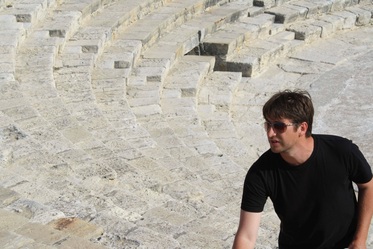
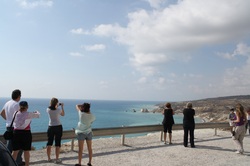
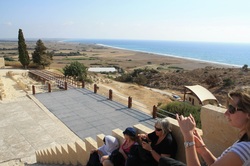
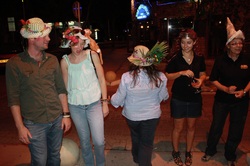
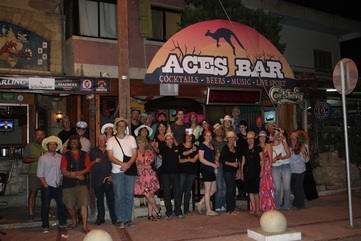
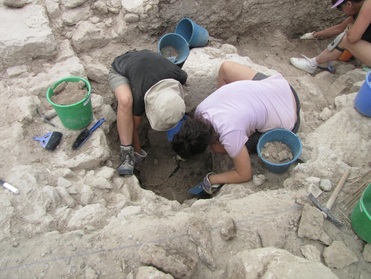
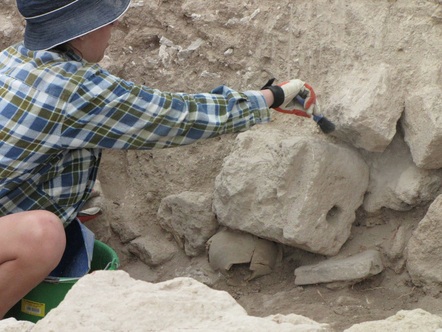
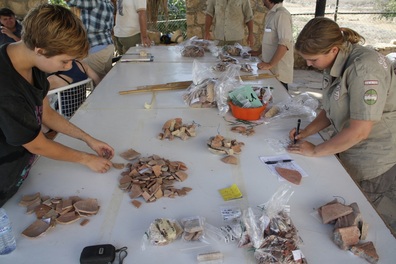
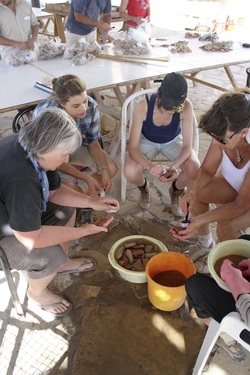
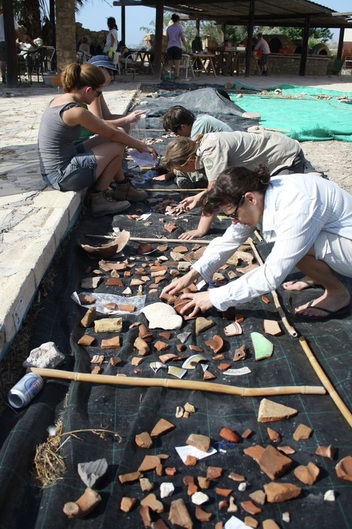
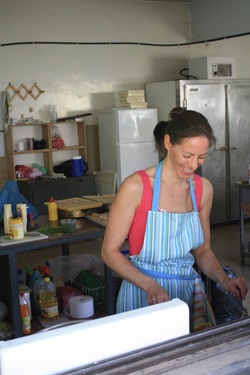
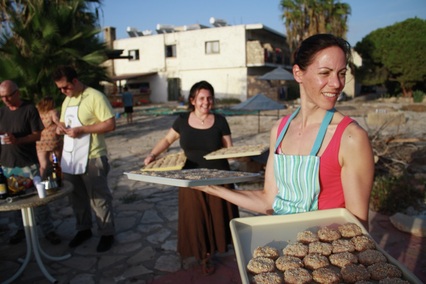
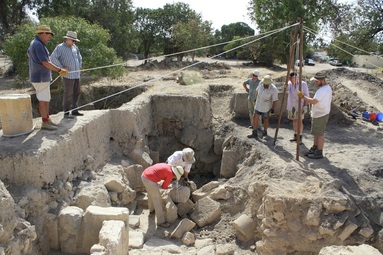
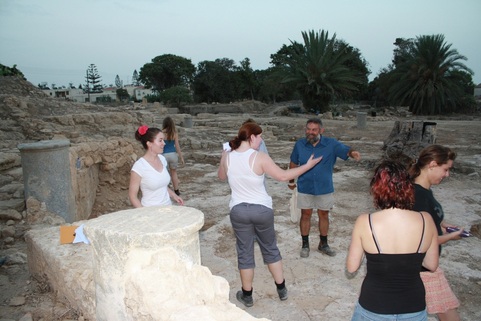
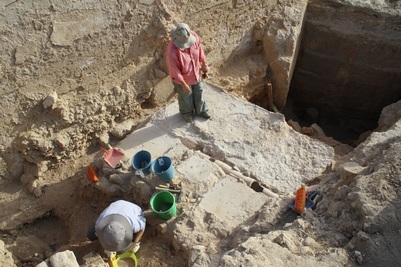
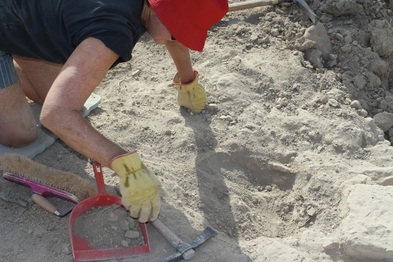
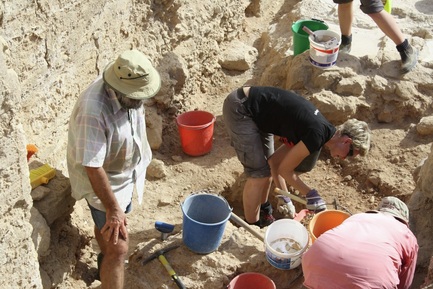
 RSS Feed
RSS Feed